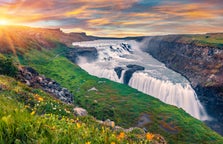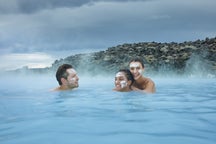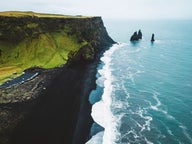Hi, this is my first blog post, so as a little introduction, I am going to be adding material that is related to Wildfjords Trail, a project I am working in Iceland's Westfjords region. It is designed to give people new environmental skills and perspectives and to bring benefit to ecology and local community. Material I hope to include on this blog: foraging, storytelling, conservation, walking, ancestral wisdom, horses and adventure.
I have made plant and seaweed foraging central to the first trail experience because foraging has given me a huge amount of direct enjoyment of nature, through engaging my taste buds, demanding physicality and by encouraging an inner alignment with the rhythms and patterns of the external environment. It can also take you to some incredibly beautiful places, none more so than in Iceland's Westfjords region, where the land and seascape are full of vitality and are virtually pollution free.
2 years ago, I spent some months at NES Artist Residency, Skagaströnd, working with restaurants to put seaweeds on the menu and experimenting with new seaweed recipes. Dulse was a lovely species to work with, easy to collect, delicious and versatile. It has a long history of use in Iceland, being collected in the spring and then again in late summer. Traditionally, vast quantities have been dried and traded for other goods. When eaten, it was boiled and served with butter, cod-liver oil or dried fish, usually accompanied by milk or a soured drink. To dry it, you should first soak it in fresh water to remove some of the salt and then air dry it. If you want some recipe ideas, I have found this book fantastic.
Dulse foraging tips: The plant can be picked whole but many fronds will have an unappetising texture. It is worth, therefore, taking time to pick the youngest, cleanest blades. Picking individual blades also helps prevents blades from becoming stuck together and rotting whilst drying. If you are not getting into the water, a low tide is essential to harvest any quantity of this seaweed. When harvesting, it is very easy to break the holdfast; if you pick individual blades, this will not happen and the seaweed can re-grow.














